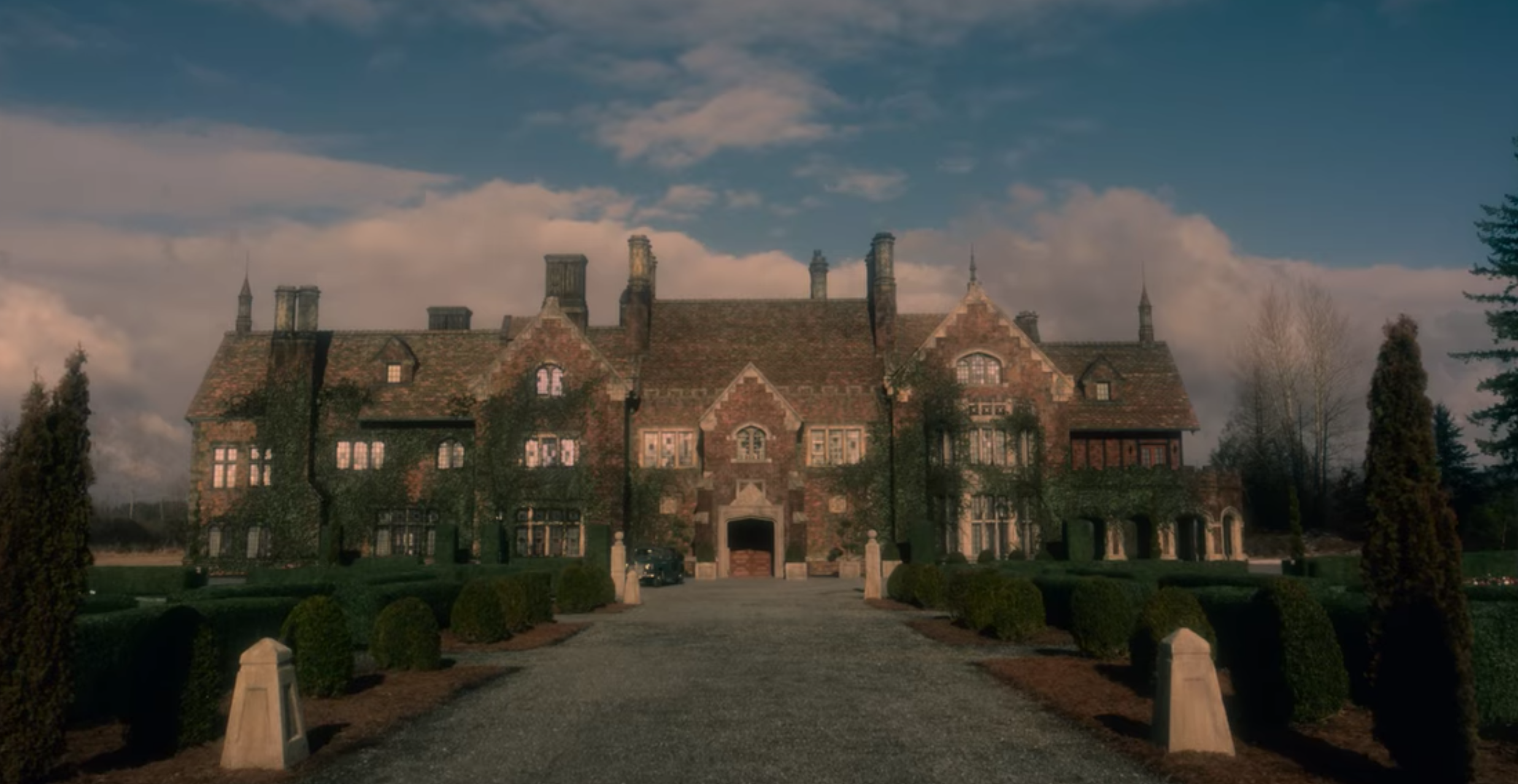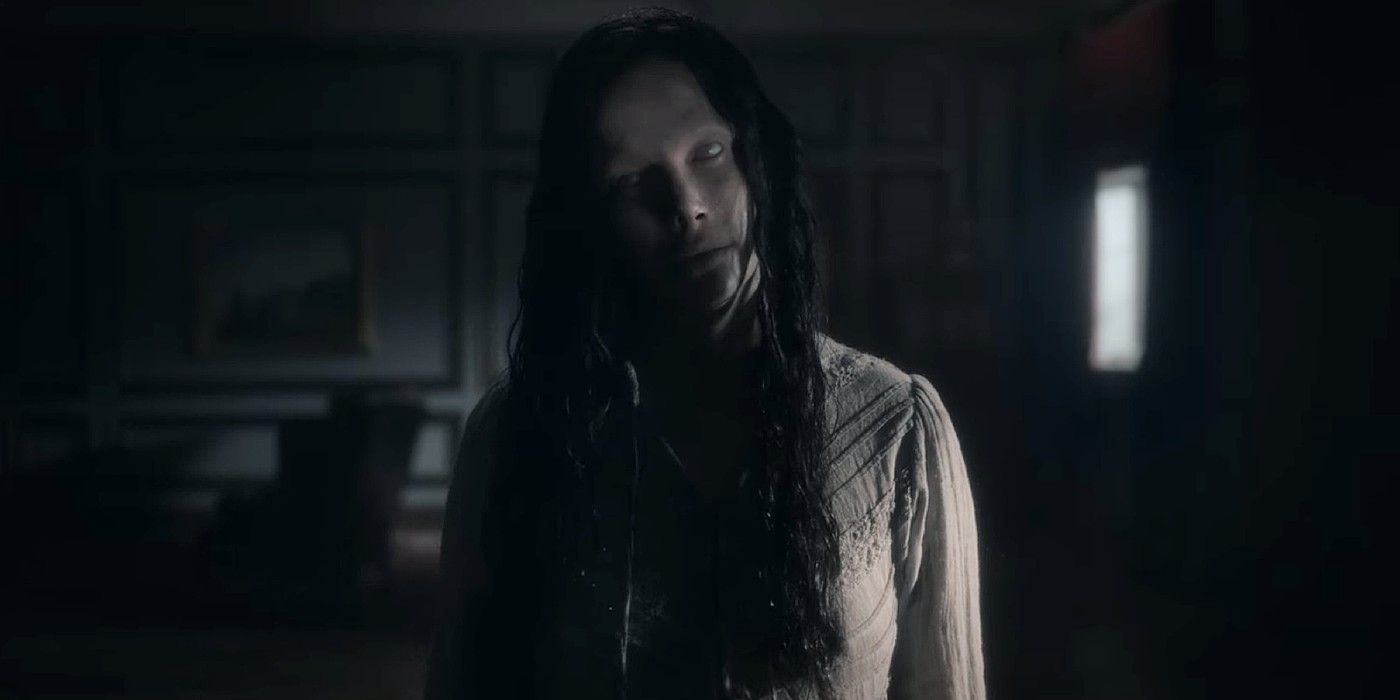The Book That Inspired 'The Haunting of Bly Manor'
In the four years since its release, ‘The Haunting of Bly Manor’ (2020) has certainly acquired widespread attention. I’m sure many readers will have either watched it or at least heard of the series. If you haven’t, it is currently available to stream on Netflix. The episodes follow American au pair Dani to the remote Bly manor, home to the two children she is tasked with caring for: Flora and Miles.
Not as many people might be familiar with the 19th-century gothic novella that inspired the Netflix drama. Published in instalments in 1898, Henry James’ ‘The Turn of the Screw’ serves as the main inspiration for the 2020 Netflix show. It is not James's sole piece of literature to inspire the series - each episode of the show derives its title from a real novel or short story published by Henry James. The creator of ‘Bly Manor’, Mike Flanagan, has drawn upon James’ wide repertoire of horror fiction to jam-pack each episode with as many ghosts as possible. However, the original novella, ‘The Turn of the Screw,’ is a more focused story than its rendition for the small screen.
If you have seen ‘The Haunting of Bly Manor’ - forget what you already know about it. Everything except Dani, Flora, Miles, Mrs Grose, Peter Quint, and Miss Jessel. If you have not seen it, then be careful - spoilers ahead. And spoilers for the book, too!

James’ original tale begins with a group of friends sharing scary stories, prompting one of the party, Douglas, to claim he has a ghost story worse than all the rest. A tale which nobody
“till now, has ever heard. It’s quite too horrible.” [Page 3]
The story of the governess at Bly Manor. She is never named in the source material, but nowadays, we all know and love her as Dani - so that’s what I’ll refer to her as. Just like in the show, she is given the task of caring for Flora and Miles’ education. In the book, the governess has only one rule to follow: no matter what happens, she must never bother their Uncle - the sole living guardian of the children. At Bly Manor, we also meet Mrs Grose, a kind housekeeper who the governess quickly befriends. As far as the living characters of the text go, that is it. The whole ensemble. The narrative of the book is much more streamlined than that of the show. We focus entirely on the plight of the governess seeking to protect little Flora and Miles from what may be lurking around the corners of this gloomy country estate. Their previous governess, Miss Jessel, passed away prior to Dani’s arrival at Bly, under mysterious circumstances…
Soon, Dani begins to experience strange sightings around the manor. Sightings of the deceased Miss Jessel and Peter Quint, a valet of the children's Uncle. At first, Dani attempts to shield the children from these ghastly visitors. However, as the sightings persist, she becomes certain that they are not only aware of the ghosts but actually enjoy their presence. Tensions between Dani and the kids slowly rise as the summer drags on, with the trio avoiding any mention of the matter; Dani does not want to risk the impropriety of being the first to raise the subject.
Things finally come to a head one day when Dani realises she has been distracted by Miles, letting Flora out of her sight. Bringing her trusted companion, Mrs Grose, Dani searches for Flora by the lake in the manor grounds - the lake where Dani first saw Miss Jessel. They find the little girl just where Dani had expected, along with (according to Dani) Miss Jessel. I say 'according to Dani' because Mrs Grose and Flora claim they see nothing. Flora declares that she never wants to see Dani again, proceeding to fall ill shortly after the ordeal. Flora becomes so ill that Mrs Grose and Dani decide it would be best for the former to take Flora to her Uncle.
After the pair leave, Dani utilises the opportunity to talk with Miles, hoping to at least save the boy from the clutches of her perceived evil. Unfortunately, she is unsuccessful, when believing she sees Peter in the window, Dani prompts Miles to turn around and look… Only for the little boy’s heart to stop.
So, what are the main ways the original text differs from the TV series? Well, for one, you can completely kiss goodbye to Jamie. That’s right, folks, unfortunately, if you’re reading this novella with the hopes of getting some sapphic romance, you will be sorely disappointed. Also, fans of Owen… I hate to say it, but he’s not here either.

In the text, while she is present, Mrs Grose is significantly less fleshed out than in the show. We never learn of Mr Grose, he is never even referred to. Mrs Grose is a side character in the book - there to aid the governess through her plight and add a layer of ambiguity at the novella’s climax. Mrs Grose has no reason to deny seeing Miss Jessel by the lake and takes no pleasure in the idea of ghosts. She fears for the children, frightened by the idea of their otherworldly visitors.
Ambiguity itself is a key element of contrast between the book and the show. The show lacks any ambiguity regarding its supernatural elements. We are never in any doubt that these ghosts are real and the children are in danger. We see the ghosts interact with their external surroundings. We see the children speak with them. We see the ghosts claim the lives of living characters. They are here. They are a threat.
James, however, places the onus upon the reader to determine the truth of the situation. Are there really ghosts present at Bly Manor, or is the governess simply mad? There are compelling arguments for either side. The children behave strangely, showering their governess with attention and affection right as she begins to suspect the pair. Their language is odd and vague. They never discuss their life prior to this summer, yet quiz their governess on hers. When the governess finds them out of their beds at night, they reply with vague answers or avoid her questions. Is this the behaviour of children hiding a dark secret? Or, is it simply the unusual ways grief can manifest within young minds? James leaves that one up to you. This is the ultimate question of the text. If the governess is correct in her fears, then yippee, she is right… but at what costs. If ghosts are real, evil is an imminent threat which haunts the walls of the manor. If she is wrong, then she has sickened one child with her infectious horror and frightened another to death.

Fans of ‘The Haunting of Bly Manor’ should give this book a go. I will warn you, the prose is difficult. Despite clocking in at less than 150 pages, ‘The Turn of the Screw’ felt much longer. I found myself having to reread the same bulky sentences over and over. Perhaps my brain is rotting from being on that darn phone all day (very likely). Or, perhaps Henry James loves loves loves a wordy sentence. Maybe it's a mix of both? Regardless of any phone-induced regressions of my attention span, I thoroughly enjoyed reading 'The Turn of the Screw'. So don’t let the text intimidate you. It was well worth the effort, and it’s essential to persist in challenging activities, especially in our extremely online world. And maybe ask yourself while you read… are you afraid of ghosts?

